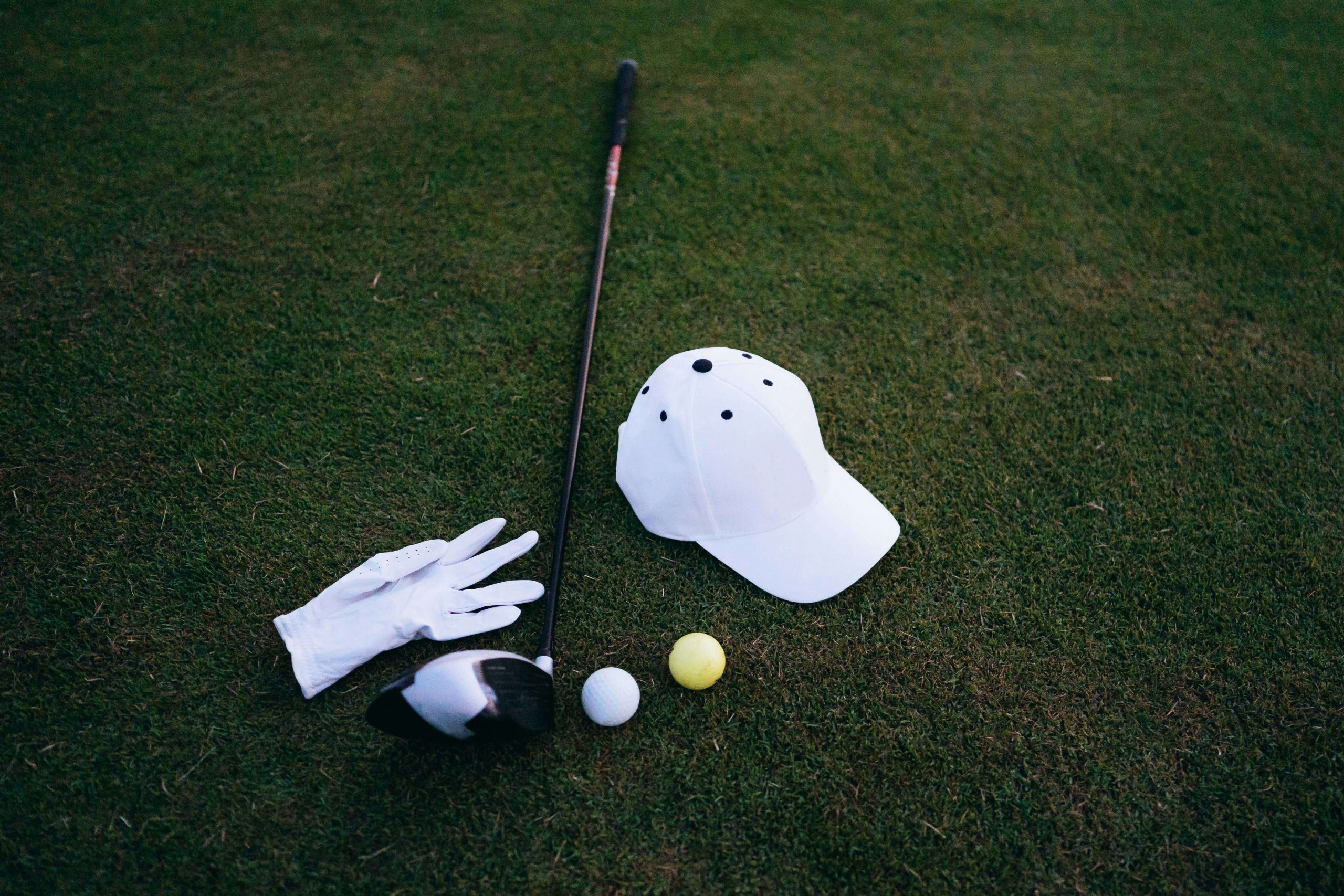Golf is a game of endless variables. From the weather to your mental state, a multitude of factors can influence your performance on any given day. Yet, two crucial factors that consistently affect how challenging a round of golf will be are the course rating and slope rating. These metrics are more than just numbers on a scorecard; they are key to understanding the difficulty of a golf course and how it might impact your game.
What is Course Rating?
The course rating is a measure of how difficult a golf course is for a scratch golfer—a player who can play to a handicap of zero on any and all rated golf courses. Essentially, the course rating is an estimate of the average score a scratch golfer is expected to shoot on a specific course under normal conditions.
Example: If a course has a rating of 72.3, it means that a scratch golfer is expected to average 72.3 strokes on their better rounds at that course.
Key Factors in Determining Course Rating:
1. Length of the Course: The total yardage from tee to green plays a significant role. Longer courses generally have higher ratings.
2. Obstacle Placement: Hazards like bunkers, water, trees, and out-of-bounds areas are considered.
3. Green Complexities: The size, shape, and contour of greens influence difficulty.
4. Weather Conditions: Prevailing winds and altitude can impact playability.
What is Slope Rating?
While the course rating tells you how difficult a course is for the best golfers, the slope rating measures how much harder the course will play for a bogey golfer compared to a scratch golfer. A bogey golfer is generally a player with a handicap of around 20 for men and 24 for women.
Example: If a course has a slope rating of 130, it indicates that the course is more challenging for the average bogey golfer than a course with a slope rating of 113, which is considered average.
Key Factors in Determining Slope Rating:
1. Course Layout: Courses with many doglegs, elevation changes, and hazards tend to have higher slope ratings.
2. Green Speed and Firmness: Faster, firmer greens add to the difficulty, especially for less experienced golfers.
3. Fairway Width: Narrow fairways are more punishing and increase the slope rating.
4. Rough: The length and density of the rough can make recovery shots more difficult, raising the slope rating.
Course Rating vs. Slope Rating: The Differences
Understanding the distinction between course rating and slope rating is crucial for all golfers:
How Course and Slope Ratings Affect Your Game
Both course and slope ratings are critical in determining your Course Handicap. Your course handicap tells you how many strokes you are entitled to receive on a particular course, and it’s calculated using both the course rating and slope rating.
This formula helps ensure that golfers of different skill levels can compete on a level playing field, regardless of the course’s difficulty.
Example:
If you have a Handicap Index of 15 and you’re playing a course with a Slope Rating of 130 and a Course Rating of 72.3, your Course Handicap would be calculated as follows:
This means you’d receive 17 strokes on this course, allowing you to adjust your game accordingly.
Practical Application: Choosing the Right Tees
When selecting which tees to play from, many golfers make their decision based on the total yardage. However, understanding the course and slope ratings can provide a more accurate picture of the course’s difficulty.
- Higher Course Rating: Indicates a more challenging course for scratch golfers. You might consider playing from more forward tees if you find the course rating to be high.
- Higher Slope Rating: Indicates a course that will be especially challenging for bogey golfers. This might suggest playing from a more comfortable set of tees to enjoy the round more.
Enhance Your Understanding with Gears Golf
To truly grasp how course and slope ratings impact your game, consider integrating advanced tools like the Gears Golf Swing Motion Capture system into your training. This cutting-edge technology offers a detailed 3D analysis of your swing, providing insights into the mechanics that directly affect your performance on various courses. By using Gears Golf, you can refine your technique and better understand how different course ratings might challenge your unique swing, giving you a competitive edge whether you’re playing on a high-slope course or one with a challenging course rating.
Real-World Example: Pebble Beach Golf Links
To make these concepts more tangible, let’s look at Pebble Beach Golf Links, one of the most famous courses in the world:
- U.S. Open Tees: 7,075 yards, Course Rating of 75.9, and Slope Rating of 148. This setup is extremely challenging, even for the best golfers.
- Gold Tees (Men): 6,454 yards, Course Rating of 73.4, Slope Rating of 137. A slightly less daunting option, but still tough.
- Gold Tees (Women): 6,454 yards, Course Rating of 78.2, Slope Rating of 146. The ratings reflect the increased difficulty for female golfers.
As you can see, the ratings vary significantly depending on the tees you play from, which highlights the importance of understanding these numbers when planning your round.
Slope Vs. Rating
Understanding golf course slope and rating is essential for all golfers who want to improve their game and make informed decisions on the course. By paying attention to these metrics, you can choose the right tees, adjust your expectations, and even predict how a course might affect your handicap. So next time you step onto a course, take a moment to check the course and slope ratings—they might just help you shave a few strokes off your score.



